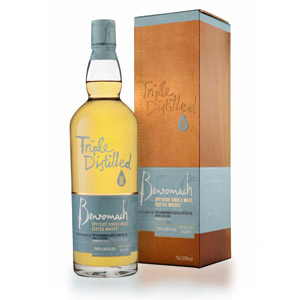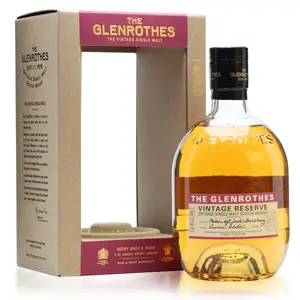Benromach Triple Distilled
This Benromach can still be found on shelves (and, sometimes, on sale!). It was distilled from partially-peated malted barley in 2011 and bottled in 2019, making it 7 years of age. No, I’m not bad at math, it’s just that the month of bottling means the whisky was under 8 years which by law means any age statement must be “7 years”. It’s bottled at a robust 50% ABV, higher than Benromach’s usual 46%. This might be an intentional choice to combat the reduced concentration of flavor from…











